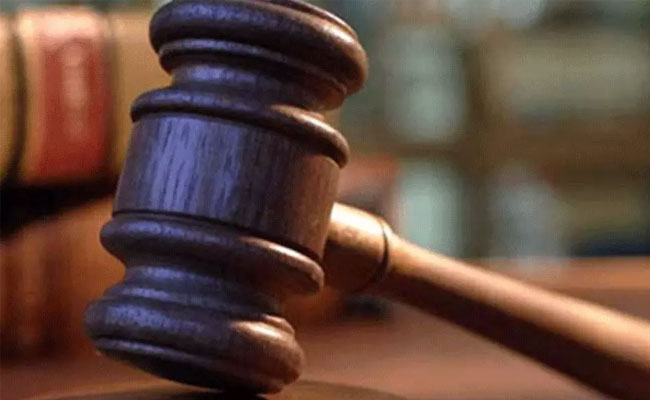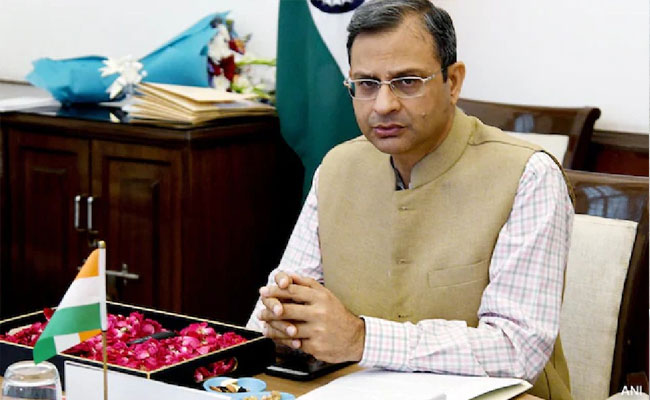New Delhi, Feb 1: The Reserve Bank of India (RBI) will introduce digital currency in the next financial year beginning April 2022 to boost the digital economy and efficient currency management, Finance Minister Nirmala Sitharaman proposed in her Budget 2022-23 speech on Tuesday.
The introduction of a central bank digital currency will give a big boost to the digital economy. Digital currency will also help in the currency management system, the minister said.
"Digital currency will also lead to a more efficient and cheaper currency management system. It is therefore proposed to introduce digital rupee using blockchain and other technologies to be issued by the Reserve Bank of India, starting 2022-23," Sitharaman said.
She also said Rs 1 lakh crore financial assistance to states will be provided in 2022-23 to catalyse investments.
The finance minister further said that in 2022-23, states will be allowed a fiscal deficit of up to 4 pc of GSDP (Gross State Domestic Product).
The minister also proposed to set up an expert committee to examine and suggest appropriate measures to scale up venture capital and private equity investment.
Venture capital and private equity invested more than Rs 5.5 lakh crore last year, facilitating one of the largest startup and growth ecosystems. Scaling up this investment requires a holistic examination of regulatory and other frictions, she said.
On blended finance, she said that the government-backed Funds NIIF and SIDBI Fund of Funds had provided scale capital, creating a multiplier effect.
For encouraging important sunrise sectors, such as climate action, deep-tech, digital economy, pharma and agri-tech, the government would promote thematic funds for blended finance with the government share being limited to 20 per cent and the funds being managed by private fund managers, the minister said.
"Creation of a blockchain-based central bank digital currency while bringing virtual digital assets under the tax net at the highest rate of 30 per cent will help reduce speculative play, especially in the cryptocurrency space," Shravan Shetty, MD, Primus Partners- Digital Currency, said.
The central currency will help bring the benefit of a digital currency to the economy in a structured framework, Shetty added.
Harry Parikh, Associate Partner - M&A Tax and Regulatory Services, BDO India, said a nonchalant introduction of taxation on digital currency coupled with a withholding tax on every transaction could give rise to a lot of compliance issues for crypto businesses.
Let the Truth be known. If you read VB and like VB, please be a VB Supporter and Help us deliver the Truth to one and all.
Amritsar (PTI): Former president Ram Nath Kovind on Friday said that with digital transformation, economic reforms and a strong focus on the ease of doing business, India is moving towards becoming a global economic powerhouse.
He was speaking after inaugurating the 19th edition of the Punjab International Trade Expo (PITEX) in Amritsar.
The former president said that this 19th edition of PITEX is being organised at a time when India is recognised as one of the fastest-growing large economies in the world.
Speaking at the inaugural ceremony of the event organised by the PHD Chamber of Commerce and Industry (PHDCCI) the former president, while referring to Punjab, said the state is a living example of courage, sacrifice and enterprise.
"The spiritual light of Sri Harmandir Sahib (Golden Temple) inspires peace and humanity across the world. The heritage of Punjab is deep and inspiring," Kovind said, according to a statement issued by the PITEX.
The former president congratulated the PHDCCI for hosting the 19th edition of PITEX and suggested that the chamber should expand PITEX outside Punjab.
He proposed that a similar event should also be held in New Delhi.


_vb_69.jpeg)


